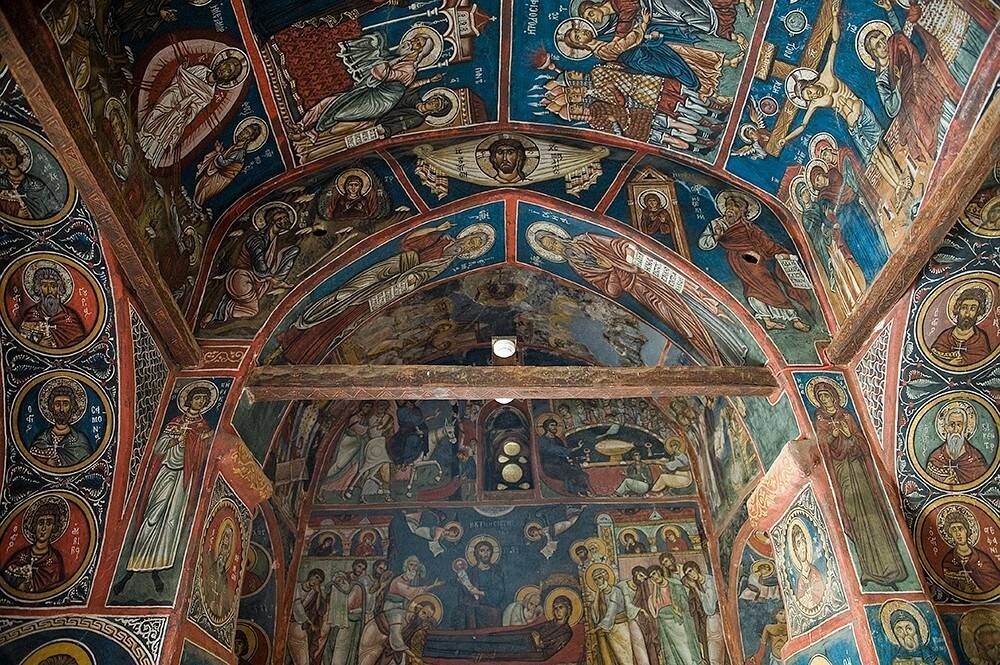The Painted Churches in the Troodos Region are a collection of ten Byzantine and post-Byzantine churches nestled in the scenic mountains of Cyprus. Recognized as a UNESCO World Heritage Site, these churches are renowned for their intricate frescoes and paintings that provide a vivid glimpse into the religious and cultural life of the island during the Byzantine and post-Byzantine periods. Each church is a treasure trove of historical and artistic significance, showcasing unique architectural styles and ornate decorations that reflect the rich cultural heritage of Cyprus.
Get your dose of History via Email
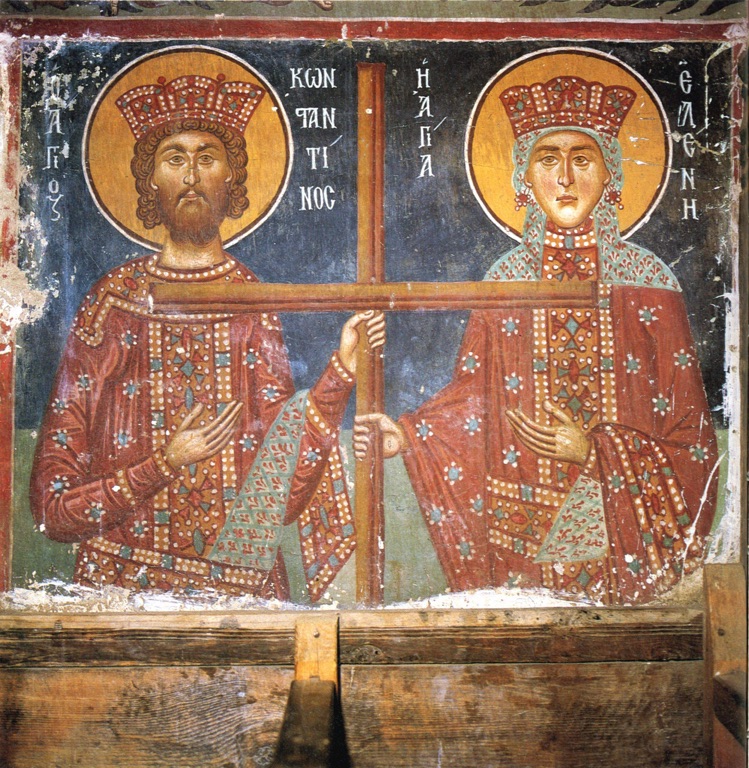
What is the significance of the frescoes and paintings in the Painted Churches in the Troodos Region?
The frescoes and paintings in the Painted Churches in the Troodos Region are of immense historical and artistic significance. They serve as a testament to the high level of artistic skill and craftsmanship that flourished in Cyprus during the Byzantine and post-Byzantine periods. These artworks provide valuable insights into the religious beliefs, traditions, and societal norms of the time.
The frescoes and paintings depict various biblical scenes and religious figures, showcasing the religious fervor and devotion of the people. They also serve as a visual narrative of the Bible, making the teachings more accessible to the largely illiterate population of the time. The intricate details and vibrant colors of these artworks captivate the viewer, transporting them back in time and providing a vivid glimpse into the past.
Moreover, the frescoes and paintings are significant for their unique style and technique. They represent a fusion of different artistic influences, blending Byzantine, Eastern Orthodox, and local Cypriot styles. This unique blend of styles has resulted in a distinct artistic tradition that is characteristic of the Painted Churches in the Troodos Region.
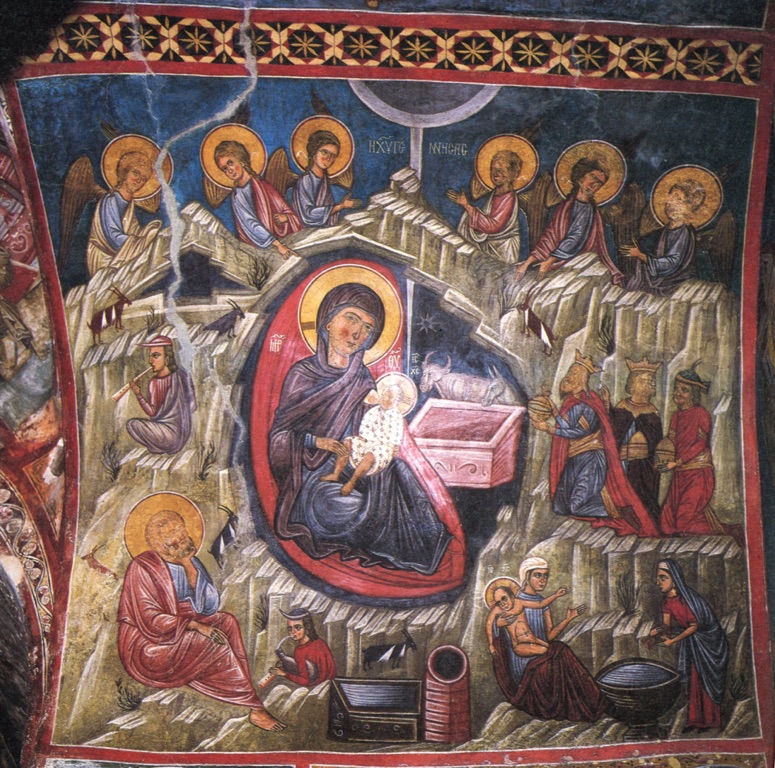
What period do the Painted Churches in the Troodos Region date back to and what do they reveal about Byzantine and post-Byzantine art?
The Painted Churches in the Troodos Region date back to the Byzantine and post-Byzantine periods, specifically from the 11th to the 16th centuries. These churches serve as a visual chronicle of the evolution of Byzantine and post-Byzantine art during this period.
The earliest churches feature frescoes and paintings that are heavily influenced by the Byzantine artistic tradition. These artworks are characterized by their formal and rigid depictions of religious figures, reflecting the solemn and austere nature of Byzantine art. However, as time progressed, the artworks began to exhibit more fluidity and dynamism, indicating the influence of the post-Byzantine artistic tradition.
The later churches showcase frescoes and paintings that are more expressive and emotive, reflecting the humanistic tendencies of post-Byzantine art. These artworks are characterized by their realistic depictions of religious figures, capturing their emotions and individuality. They also feature more elaborate and intricate decorations, reflecting the increasing sophistication and refinement of artistic techniques during this period.

How have the Painted Churches in the Troodos Region been preserved over the centuries?
The preservation of the Painted Churches in the Troodos Region is a testament to the dedication and commitment of the local community and the Cypriot government. These churches have been meticulously maintained and restored to ensure their survival for future generations.
The preservation efforts involve regular maintenance and cleaning of the churches to prevent the deterioration of the frescoes and paintings. Specialized conservation techniques are used to restore damaged or faded artworks, ensuring that their original beauty and vibrancy are retained. The churches are also protected by strict conservation laws that prohibit any alterations or modifications to the buildings and their artworks.
In addition to these physical preservation efforts, there are also initiatives to preserve the cultural and historical significance of the churches. Educational programs and guided tours are conducted to raise awareness about the importance of these churches and their artworks. These initiatives help to foster a sense of appreciation and respect for the cultural heritage of Cyprus, ensuring its preservation for future generations.
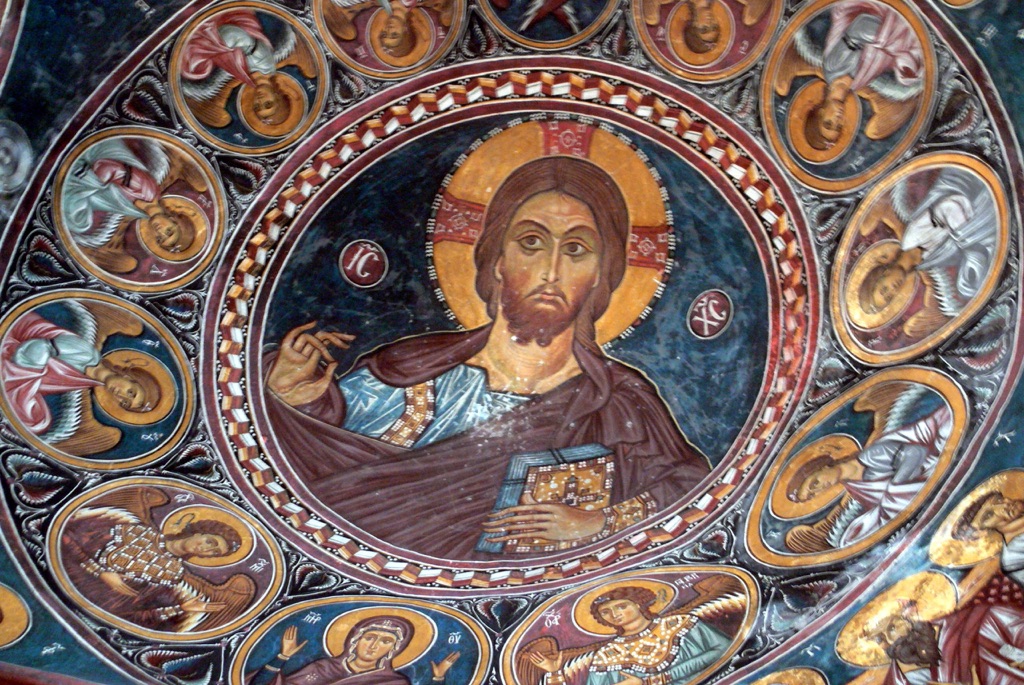
What are some of the most notable churches in the Troodos Region and what makes them unique?
Among the Painted Churches in the Troodos Region, several stand out for their exceptional beauty and historical significance. The Church of St. John Lampadistis, for instance, is renowned for its well-preserved frescoes that depict scenes from the life of Christ and the Virgin Mary. Its unique three-part structure reflects the fusion of three churches into one, showcasing the architectural ingenuity of the time.
The Church of the Holy Cross in Pelendri is another notable church, featuring an impressive array of frescoes that span from the 12th to the 15th centuries. Its unique cruciform architecture and the intricate wood-carved iconostasis add to its charm and allure.
The Church of Panagia Phorbiotissa in Asinou, on the other hand, is famous for its well-preserved frescoes that date back to the 12th century. The frescoes are notable for their artistic quality and the variety of themes they cover, making the church a significant monument of Byzantine art.
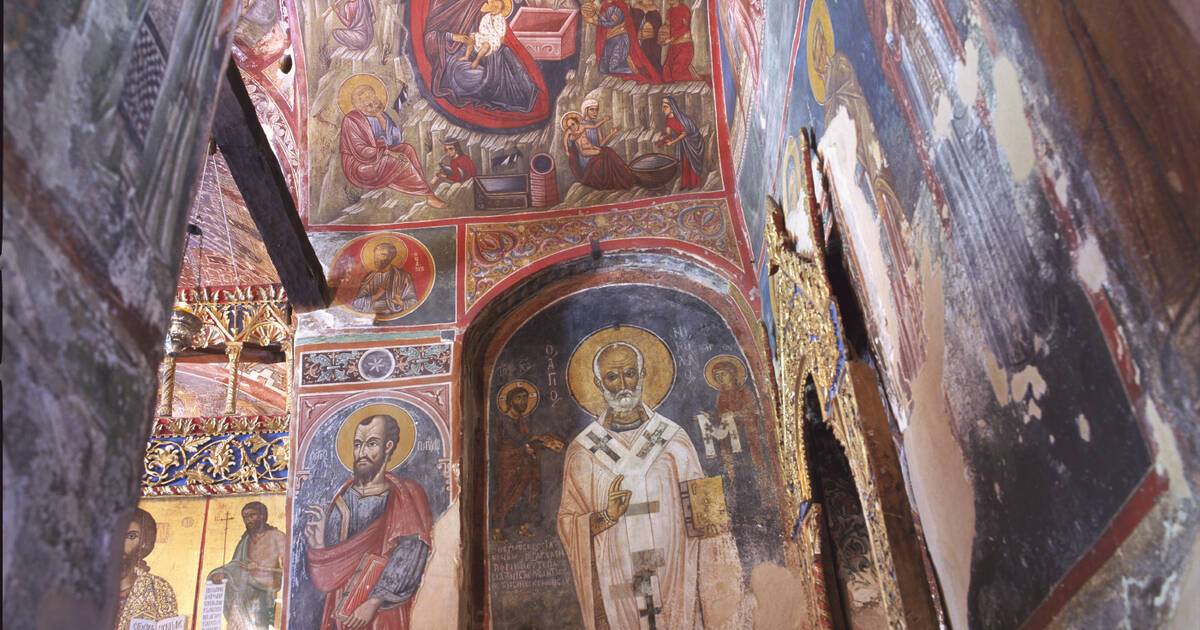
What religious and cultural significance do the Painted Churches in the Troodos Region hold for the local community and Cyprus as a whole?
The Painted Churches in the Troodos Region hold immense religious and cultural significance for the local community and Cyprus as a whole. They serve as a symbol of the island’s rich cultural heritage and its enduring Christian faith.
For the local community, these churches are places of worship and spiritual solace. They are also a source of community pride, reflecting the artistic and architectural achievements of their ancestors. The frescoes and paintings in these churches serve as a visual reminder of their religious beliefs and traditions, fostering a sense of continuity and connection with the past.
For Cyprus as a whole, the Painted Churches in the Troodos Region are a testament to the island’s historical resilience and cultural diversity. They showcase the fusion of different artistic influences, reflecting the island’s strategic location at the crossroads of Europe, Asia, and Africa. These churches also contribute to the island’s cultural tourism, attracting visitors from around the world with their beauty and historical significance.
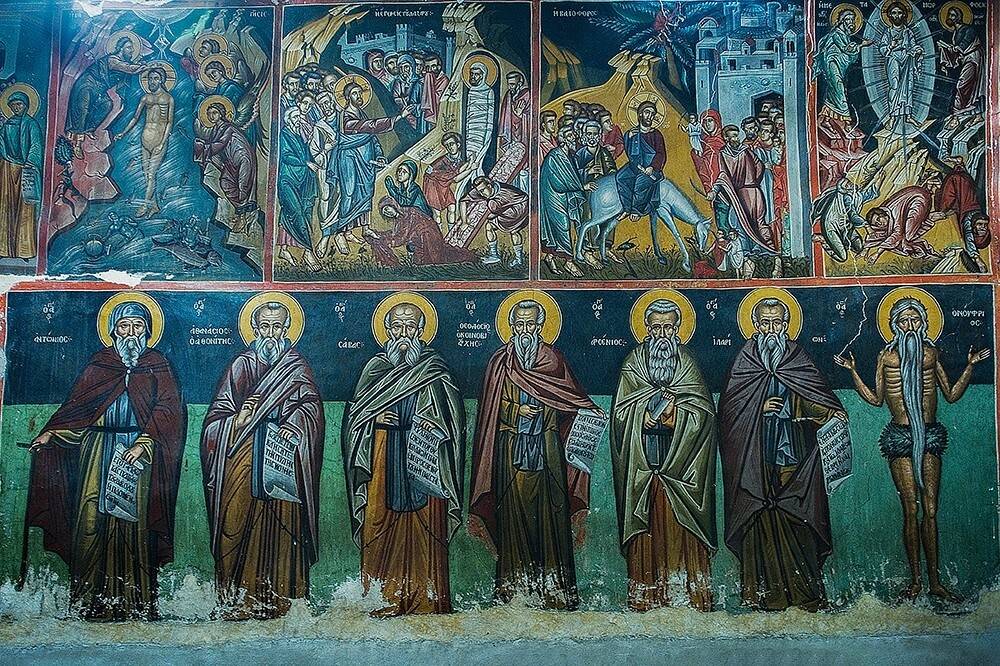
Conclusion and Sources
In conclusion, the Painted Churches in the Troodos Region are a remarkable collection of historical and artistic treasures. They provide a fascinating glimpse into the religious and cultural life of Cyprus during the Byzantine and post-Byzantine periods, showcasing the artistic prowess and religious devotion of the people. Their preservation is a testament to the commitment of the local community and the Cypriot government to safeguard their cultural heritage. These churches hold immense significance for the local community and Cyprus as a whole, serving as a symbol of their rich cultural heritage and enduring Christian faith.
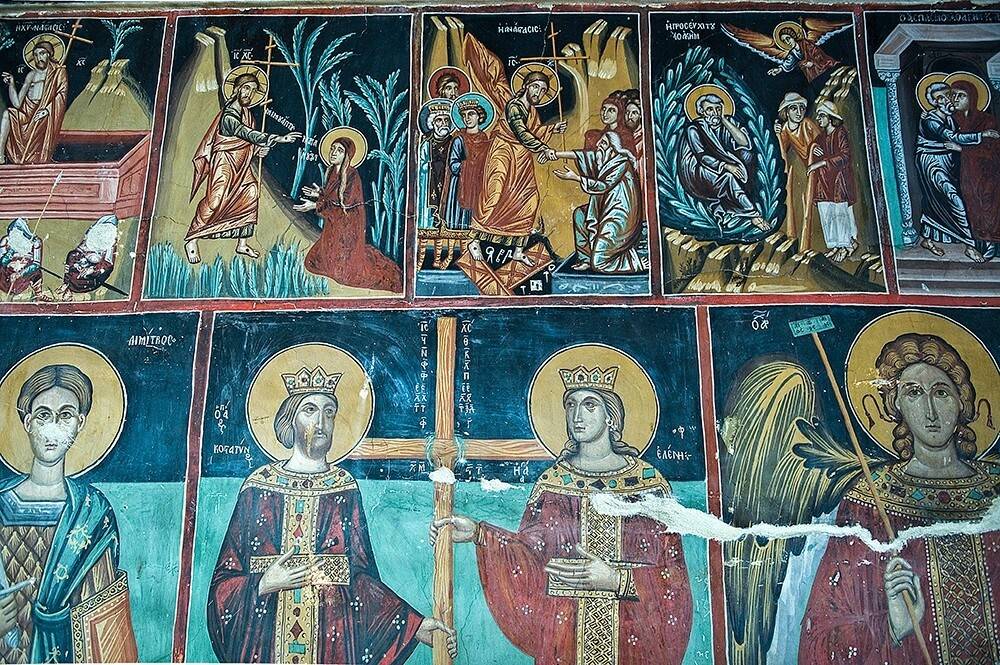
For further reading and to validate the information presented in this article, the following sources are recommended:

